Weekends with Dr Jagadish: Modi should embrace Technology led Disruption, IOMT, Tele-Medicine and Remote Care for Ayushman Bharat
How India manages her healthcare challenges is going to influence the world. All eyes are on her, as Modi government hastens to meet existing gap and growing demand for health services through its Ayushman Bharat scheme!
Ayushman Bharat consists of two major elements:
1. National Health Protection Scheme.
2. Wellness centres.
National Health Protection Scheme will provide cashless treatment to patients. Wellness centres will provide primary care to the patients. In fact, the government will upgrade existing Public Health Centres to Wellness Centres and creating a network of 150000 wellness centres.
In this article, I will keep away from elaborating or commenting on NHPS part of Ayushman Bharat as I personally feel it is very important, as it provides for healthcare of nearly 40% of Indian population. To make the readers appreciate the importance of NHPS part of the scheme it is imperative to give relevant information: From 2012 to 2015 in 3 years’ time nearly 60 million people in India, were pushed into poverty because of out of pocket expenditure for Doctors, Hospitals, Medicines and Healthcare. Modicare will protect the poor and lower middle class from falling down further in poverty due to illness and expenditure on healthcare. The reports that are emerging are assuring us that Modi government is doing a fabulous job given the infrastructure deficiency we currently face in public healthcare delivery.
I would however like to give my suggestions on how to improvise and punch above weight with regard to second major element; wellness centres. By using available technology in Internet of Medical Things, Tele-Medicine and Remote care, PM Modi should develop a world class public Primary and basic secondary healthcare system. This is a fantastic opportunity for Prime Minister Narendra Modi to prove to us and the world that he is a visionary leader beyond compare in the history of Independent India.
India faces unique problems with a huge population; our current geriatric population (aged over 60+) is at 100+ million, it is expected to cross 325 million by 2050. Chronic diseases are increasing rapidly among our aging population due to sedentary lifestyles, diet changes, and obesity and it will cripple our economy if not intervened now. To give you a fair idea about the disease burden of non-communicable disease: by 2040, there will be an estimated 70 million diabetics in India.
Withrapid urbanization and increasing women participation in workforce, people are not able to give necessary time and attention to elders at home. Remote Healthcare or Home-based healthcare is the ideal way going forward, for care of those neglected elders. This can be achieved easily using smartphone applications developed for this specific purpose. I personally know a team which has earlier worked for a vendor of Indian Army to develop similar applications for monitoring jawans in remote areas. This team can develop a better application today with wider functional ability as there is all round improvement in technology and our understanding of it.
We need to take steps to increase the use of technology and provide effective care in rural areas. Internet of Medical Things (IOMT) & cloud technology have evolved sufficiently to take the next logical step where we provide quality care in the homes of patients and in remote rural areas instead of moving the patient to alien urban centre of excellence unnecessarily. Prevention of complications with early intervention for example in a diabetic patient, at primary care level will keep the patient healthy and will reduce the number of patients requiring dialysis or Transplant due to long term uncontrolled or brittle diabetes. It is the same in Cardiology or any other department.
Now is an opportune time for rural and remote healthcare to transform the public healthcare ecosystem in the country by leveraging the use of technology. Government hospitals in rural areas can become better wellness centres with use of technology.
Disruption with Technology
Disruptive technologies will transform healthcare delivery; digital tools available in current technology already enable skilled healthcare workers to carry out basic low-cost diagnostic tests using smartphone applications. Focus of Public Healthcare Delivery must shift from treating diseases to keeping population healthy and enhancing quality of life. Wearables can now monitor round-the-clock, measuring how our hearts are doing and smart phones with healthcare monitoring apps will be the norm in next 5 years. These can be remotely monitored with provision for intervention when necessary.
Healthcare delivery model in India should shift focus from big urban hospitals, clinics, doctor-centric approach to independent advanced medical equipment based delivery models. These medical equipments will be endowed with Artificial Intelligence, Machine Learning based diagnosis, monitoring, and guided protocols to take care of majority of Indian population (70% of underserved now). Primary care physicians will be on telemedicine with staff trained to carry out highly specific tasks working as their surrogates right next to patient’s bed. Point of Care services at rural PHCs and homes will be the rule for primary care & basic secondary care services. Hospitals should be for advanced secondary care, tertiary care and quaternary care services only, thereby reducing burden on our public exchequer.
Being a practicing Intensivist, I use technology extensively to remotely monitor patients in ICUs set up by my company in different hospitals. HL7 is used for data collection and we use cloud to access data from point of care after integration to our nodal centre where specialists monitor and advise doctors in remote ICU on patient management. Today I can access data of any of my ICU patient from anywhere and anytime. This IOMT combined with Tele-Medicine can be easily adapted for rural based ICU care in rural Taluk hospitals to monitor patients from their place itself instead of shifting them to urban areas and lose precious time available for care in transit.
PS: Technology driven disruptions are already making inroads into healthcare sector without government backing it, but we need to look for 1) government policy and 2) political will to implement the right policy as that is what separates an ordinary leader to a visionary leader.

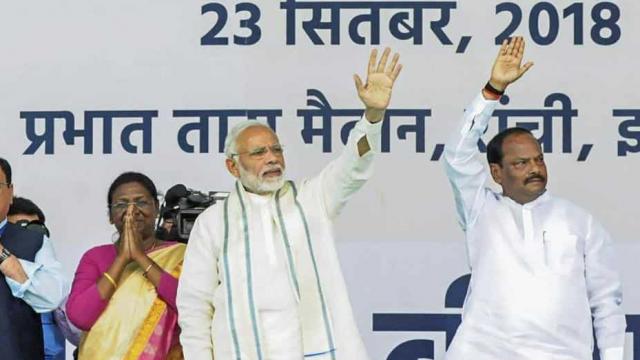








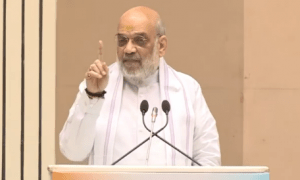









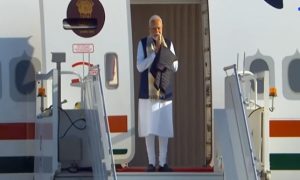

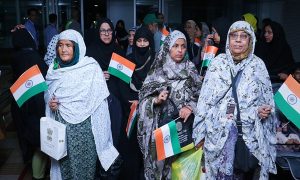

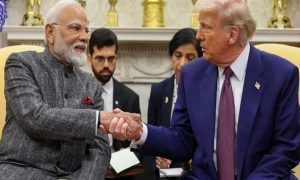

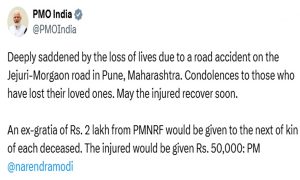

 WhatsApp us
WhatsApp us